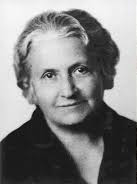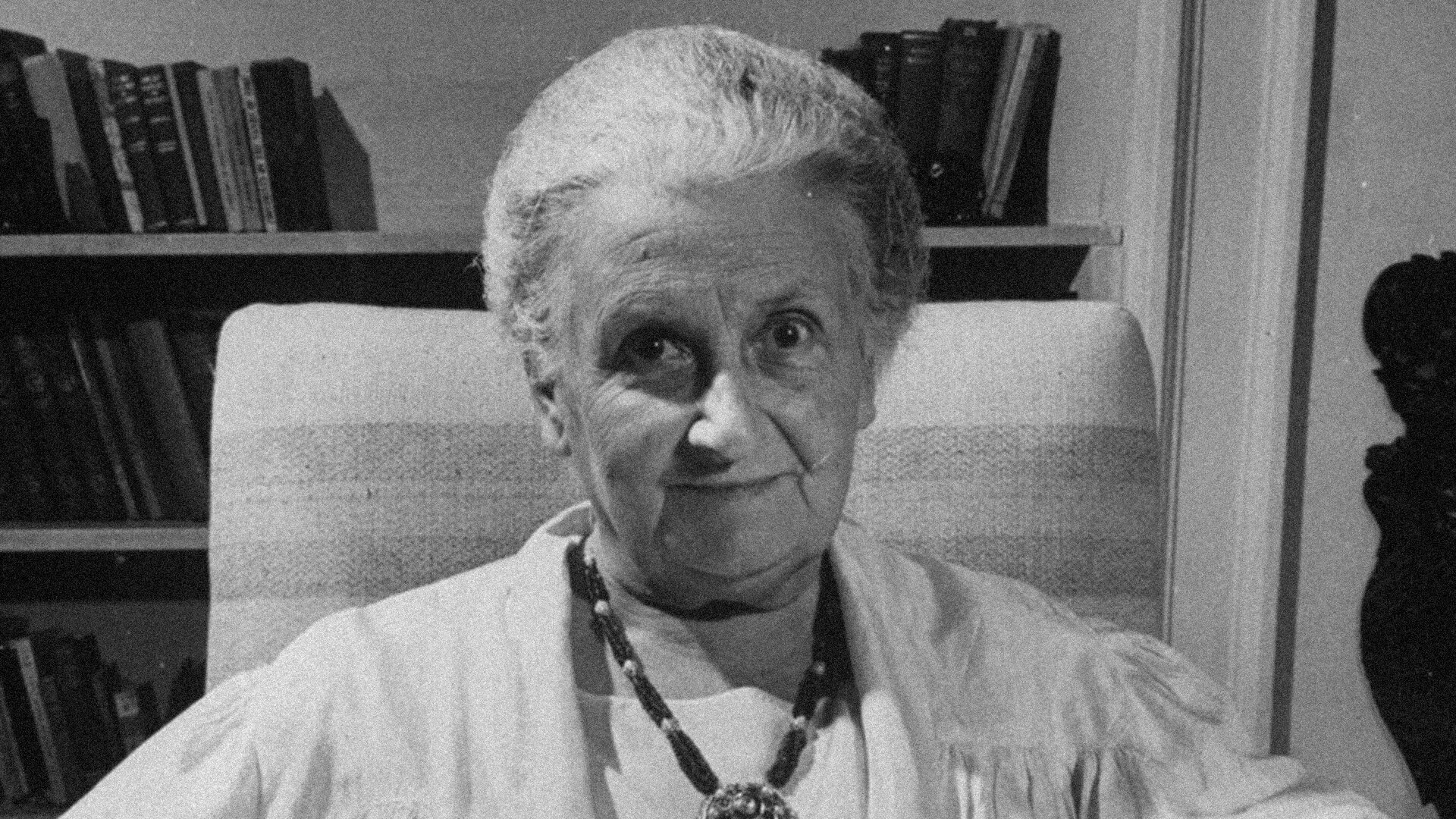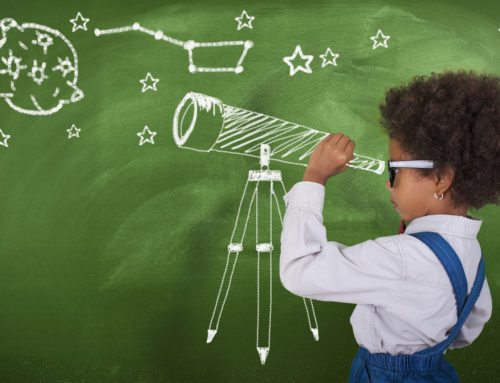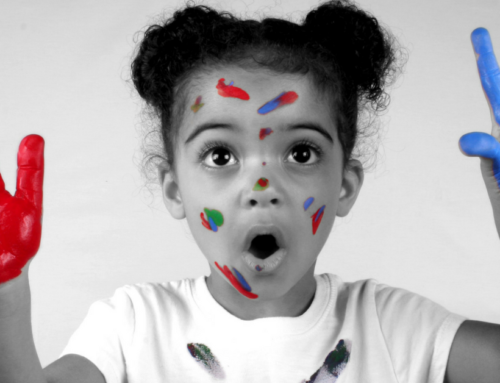By Vivian Cain
Dr. Maria Montessori was a pioneer in education during the early 1900’s. Born in a time when women were not allowed in the field of medicine, she broke down barriers to become a respected physician and moved on to developing innovative methods for teaching young children.
Overcoming Obstacles
When Maria reached the age of 13 she had already started to overcome the first challenges she’d experience as a student. She attended an all-boys technical school—having qualified as an applicant based on exam scores. While her father encouraged her to pursue a career in engineering, she had her heart set on becoming a doctor. After applying to Rome’s medical school—she was rejected, but never discouraged. She continued to educate herself in the field of medical science and was admitted after persevering through challenges.
Discovery
Upon her completion of medical school in 1896, Dr. Montessori began practicing psychiatry. She worked as a co-director for a developing educational training institute that taught special education teachers. Dr. Montessori began to take meticulous notes, sitting for long periods of time—silently observing young children in a learning environment. These observations led her to develop several theories about brain development—eventually driving the innovative methods she designed and the writing of several books on child development that are still respected today.
After observing young children in the slums of Italy, Maria began to take an interest in education. She began to immerse herself in educational theory and the methods used in teaching. She was given the opportunity to open a childcare center, Casa Dei Bambini, in the poor district of the city. There she began to scientifically and systematically observe new methods for developing the intellectual mind. Her observations of young children led her to view them as naturally eager learners.
In just a few short years, Montessori was being recognized for her discovery, the unique learning materials she developed, and the beautiful educational environments she proposed. In 1915, she was invited to showcase her teaching methods in a “Glass Classroom” at the World’s Fair. The windows gave onlookers a glimpse into a completely new approach to education and news began to spread.
Philosophy and Methods
 Montessori is a child-centered approach to teaching. Dr. Montessori recognized the needs of young learners. She understood the curiosity of the child as a learner. She observed their desire for independence—stating, “Never help a child with a task he feels he can succeed.” She designed thoughtfully prepared environments that promote independent learning to serve the needs of the whole child. Her whole child approach valued the physical needs, social-emotional needs, as well as the cognitive developmental needs of the child.
Montessori is a child-centered approach to teaching. Dr. Montessori recognized the needs of young learners. She understood the curiosity of the child as a learner. She observed their desire for independence—stating, “Never help a child with a task he feels he can succeed.” She designed thoughtfully prepared environments that promote independent learning to serve the needs of the whole child. Her whole child approach valued the physical needs, social-emotional needs, as well as the cognitive developmental needs of the child.
The teacher, child, and classroom environment—are all essential components to the method. The teacher’s role is to prepare the environment, guide choice, and foster independence, and to support the child as needed. This unique approach offers the child and teacher to exist in an educational environment where there is more freedom, more opportunities to learn through interest, and more opportunities to learn individual strengths and overcome challenges. The three-year cycle of Montessori classrooms also promotes strong relationships with teacher and student, as children have the same teacher for three full school years.
Montessori classrooms also benefit from being multi-age learning groups. Dr. Montessori observed the way children naturally learn from each other and used this concept to develop classroom peer groups that strengthen the development of the child. As the child grows in the environment, they are indirectly exposed to work and development of the older children in the classroom. This arrangement not only mirrors more common social gatherings and work environments, it also is a great teaching tool.
Dr. Montessori’s observation of children sought the need for young children to develop their sensory-motor skills and cognitive thinking skills through hands-on experiences. The materials she developed for teaching math, language, and much more—were all centered on the idea that as learners we move from concrete to abstract. The materials used in Montessori classrooms are specially designed to meet the developmental needs of the child–allowing the learner the opportunity to manipulate and investigate in hands-on ways. Many of the same materials are used in early childhood classroom through elementary—altering their teaching aim to match the student’s intellect. Montessori classroom materials are known for their ability to isolate the learning objective while also remaining self-correcting. This allows for the child to independently think and self-correct without the need for adult intervention. This approach to learning strengthens resiliency, self-confidence, and the ability to perform analytical thinking in a meaningful way. The materials range from a dressing frame—that teaches the learner how to button a shirt to metal insets—that teach the Pythagorean Theorem.
Dr. Maria Montessori’s cognitive discoveries led her to develop one of most well-respected pedagogies still used today. In Montessori, the teacher follows the child by observing their needs and interest–a more personal approach that builds a long lasting love for learning, strengthens self-confidence, and reaches all the needs of the developing child. A Maria Montessori bio could not be complete without a quote to remind us of her teaching method, “Never help a child with a task at which he feels he can succeed.”







